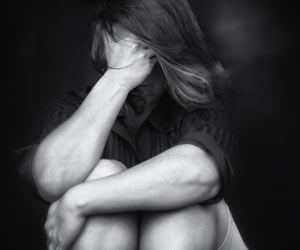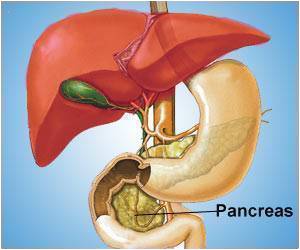“Nearly every death and injury that results from unsafe abortion is entirely preventable. That’s why we recommend women and girls can access abortion and family planning services when they need them,”said Craig Lissner, acting Director for Sexual and Reproductive Health and Research at WHO, in a statement.
The global health body also released new guidelines on abortion care, in a bid to protect the health of women and girls and help prevent over 25 million unsafe abortions that currently occur each year.
The guidelines span clinical practice, health service delivery, and legal and policy interventions to support quality abortion care.
It includes task sharing by a wider range of health workers; ensuring access to medical abortion pills, which mean more women can obtain safe abortion services, and making sure that accurate information on care is available to all those who need it.
In addition, the guidelines recommend removing medically unnecessary policy barriers to safe abortion, such as criminalization, mandatory waiting times, the requirement that approval must be given by other people (e.g., partners or family members) or institutions, and limits on when during pregnancy an abortion can take place.
Such barriers can lead to critical delays in accessing treatment and put women and girls at greater risk of unsafe abortion, stigmatization, and health complications, while increasing disruptions to education and their ability to work, the WHO said.
While most countries permit abortion under specified circumstances, about 20 countries provide no legal grounds for abortion.
More than 3 in 4 countries have legal penalties for abortion, which can include lengthy prison sentences or heavy fines for people having or assisting with the procedure.
However, evidence shows that restricting access to abortions does not reduce the number of abortions that take place, the WHO noted.A
In fact, restrictions are more likely to drive women and girls towards unsafe procedures. In countries where abortion is most restricted, only 1 in 4 abortions are safe, compared to nearly 9 in 10 in countries where the procedure is broadly legal, the WHO said.
“The evidence is clear — if you want to prevent unintended pregnancies and unsafe abortions, you need to provide women and girls with a comprehensive package of sexuality education, accurate family planning information and services, and access to quality abortion care,” said Dr Bela Ganatra, Head of WHO’s Prevention of Unsafe Abortion Unit.
Source: IANS



